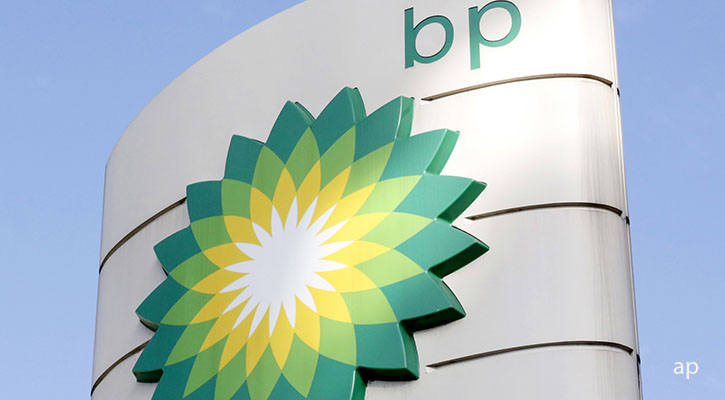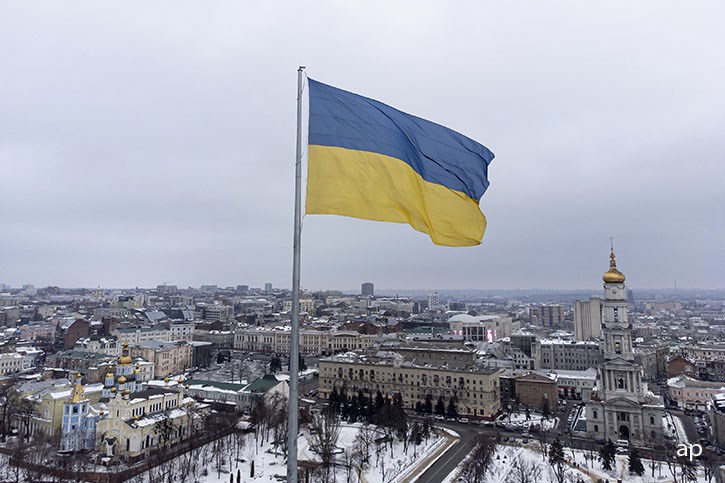
At the weekend, BP announced it would be exiting its 19.75% stake in Rosneft citing the Russian state-owned enterprise is no longer aligned with BP’s business and strategy. Details on the timing and method were not provided. In addition, chief executive Bernard Looney and former BP chief executive Bob Dudley are resigning from the Rosneft board. With the resignations, BP no longer meets the IFRS financial reporting standard for “significant influence” over Rosneft meaning it will no longer equity account for its interest, instead treating it as a financial asset measured at fair value.
Updating our model with this change, along with the latest oil and gas prices, results in a slight increase to our $30 fair value estimate to $31 for US-listed shares. Our £3.80 fair value estimate is unchanged given $/GBP changes since our last update. The increase in oil prices offsets the impact of stripping Rosneft earnings from our model and replacing its market value ($3.6 billion based on 40% haircut to the February 25 closing price of 307.95 Russian roubles based on early trading in London and assuming $/RUB 107.5 as of early February 28).
Oil prices, the rouble and Russian equity markets remain volatile, however, and BP’s valuation is likely to vary as a result until the outcome of the exit is set. That said, as our fair value increase suggests, we do not see the decision to exit Rosneft as particularly harmful to BP.
ESG Boost
We think the decision will be received in stride by investors even as BP is likely to exit the stake at a loss. Environmental, social, and governance-oriented investors will likely welcome the reduction in hydrocarbon exposure as they previously criticised the decision to retain the stake in the wake of BP’s strategic shift. BP reduced its previous estimated 2025 EBITDA* contribution from its hydrocarbon business by $2 billion to $31 billion. Overall, estimated company EBITDA fell by the same amount, implying low-carbon businesses will make up a larger proportion in 2025.
Oil and gas investors will see less hydrocarbon-related earnings, but BP left its guidance intact through 2025 on capital spending, earnings growth and shareholder returns, including dividends and repurchases. Meanwhile, it reduces geopolitical risk by divesting an asset that always had questionable strategic value. However, the ultimate amount BP will fetch for its stake remains uncertain or what the proceeds will be used for. We think they’d be used largely for repurchases and debt reduction.
The decision to exit the Rosneft stake will result in a noncash adjustment charge representing the difference between market value and carrying value of the asset, $14 billion at end-2021. BP will also exit three joint ventures with Rosneft in Russia, which have a carrying value of $1.4 billion. BP will also record a non-cash adjusting charge arising from foreign-exchange losses accumulated since 2013 that under IFRS* were previously recorded directly in equity rather than the income statement. These amounted to around $11 billion at end-2021, and this adjustment will not impact equity.
High Russian Exposure
With its 19.75% voting interest/22.03% economic interest in Rosneft, BP has some of the highest Russia exposure among the integrated oils. Worth about $16.5 billion at the beginning of the year, the stake has fallen to about $3.6 billion currently based on share price and rouble declines. This compares with BP’s market cap of about $92 billion. Shares have likely been hit especially hard given Rosneft’s prominence in Russia and its CEO Igor Sechin’s closeness to Russian President Vladimir Putin. In 2021, Rosneft accounted for $2.7 billion of the BP’s $22.3 billion in adjusted operating income, about 12%. BP’s share of Rosneft production was 1.1 mmboe/d* (80% oil) in 2021, compared with BP’s own production of 2.2 mmboe/d.
As BP has accounted for Rosneft with the equity method, it realises the cash and value through the dividend Rosneft pays. This amount has accounted for 3%-4% of BP’s operating cash flow the last three years. That figure would likely be higher in 2022, about 5% or $1.7 billion, given the outlook for higher oil prices
However, as noted by the increase in our fair value estimate, this loss also could also be covered by the rise in oil prices, depending on the level, as BP guides to an incremental $340 million in operating profit with each $1/bbl increase in the price of Brent crude.
* earnings before interest, tax, depreciation and amortisation
* Million barrels of oil equivalent per day
* International Financial Reporting Standards.


























